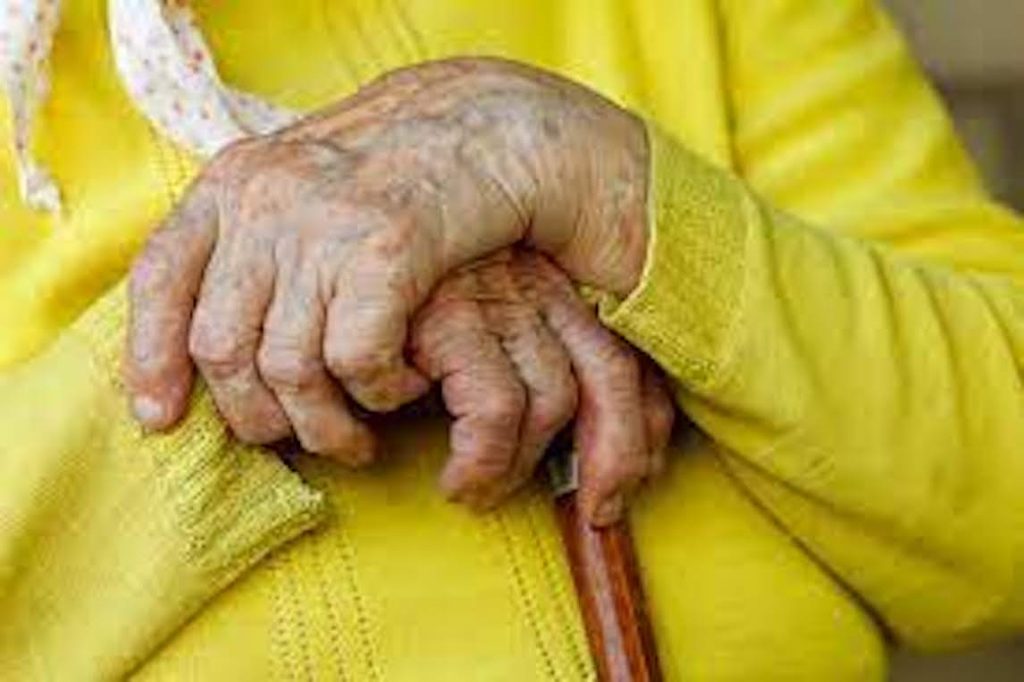
Carol Altmann – The Terrier
This time a year ago, a personal care worker at Lyndoch Living faced a nightmare scenario – a resident suffered a cardiac arrest and the nurse call system failed.
The care worker desperately tried to contact the on-duty Registered Nurse, who was in another part of Lyndoch – the new Swinton Wing – but the calls failed to go through.
The nurse-to-nurse comms system hit a black spot; a wireless dead zone that has plagued parts of Lyndoch for two years.
It was only when the RN moved out of the black spot that the frantic emergency calls came piling in from the care worker.
Fortunately, in the meantime, the care worker was helped by other staff to administer CPR and the resident survived.
Twelve months on, and the nurse-to-nurse call system is still failing. It is still not 100 per cent reliable across Swinton Wing and neither is the resident call bell system, or mobile phones.
All three are different systems, and all three suffer from the wi-fi black spots that can affect calls coming into Swinton Wing, going out of Swinton Wing, or between people inside Swinton Wing.
While the near fatality is the most serious incident that I am aware of from the past 12 months, there have been other red flags in more recent times.
In one case, a resident was left on a toilet for more than 40 minutes after the call bell failed to alert a nurse.
It’s hard to believe a nursing home is allowed to operate without a 100 per cent reliable call system for nurses and residents, but Lyndoch does.
It’s even harder to believe that the area with the black spots, Swinton Wing, re-opened last year after a $13 million makeover that, my sources tell me, failed to include an IT expert in the planning.
As of today, staff are still lodging ‘black spot’ complaints.
Part of the problem, apparently, is that a key piece of wireless equipment was destroyed by a lightning strike in 2019 and has not yet been replaced because it would cost around $500,000.
There are also compatibility issues between old technology and new technology across the different wings of Lyndoch.
Added to this is what has been a tumultuous time in Lyndoch’s IT department, including its Director of Technology, Strategy & Transformation, Dr Ed Rhode, resigning in April after less than two years, and the loss of two other staff more recently.
Before these resignations, there was some progress early this year when it was announced a new nurse-to-nurse call system would be rolled out from June to December although, according to one report, there were “no guarantees it will work”.
There were “no guarantees” because the new system could suffer the same issues as the old system, unless the underlying problems were resolved.
The roll-out hasn’t happened.
First the excuse was a supply problem.
Then the delay was blamed on Covid-19 preventing experts coming on site to install the equipment, even though it;s classed as an essential service.
But sources believe – and I am trying to confirm this from Lyndoch – that things have ground to a halt because Lyndoch is not prepared or is unable to spend the money.
A proper fix must include “back end” upgrades, equipment upgrades and ongoing maintenance, and all of that costs money.
And right now, Lyndoch is plunging its money and bank loans into the $22 million medical clinic being built just 100m from Swinton Wing.
A medical clinic that will have no discernible impact on improving the safety of the residents.
It’s not surprising that Lyndoch care staff are frustrated and angry.
As one put it, they are “sick of fighting for the basics, while they continue to pour money down the drain on this medical centre”,
Others are frightened, knowing they are unwilling players in a game of Russian roulette where the consequences for a resident could be fatal.
Again, this is not scaremongering, this is real and I, for one, find it both disturbing and frightening.
I asked Lyndoch and its chair Sue Cassidy for comment on these issues today. If any is forthcoming, I will publish it in full.

